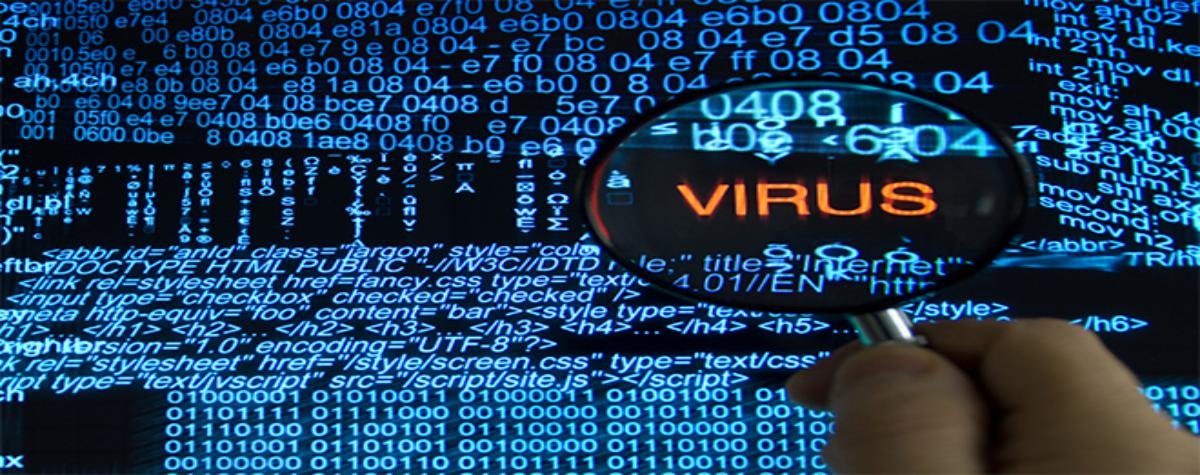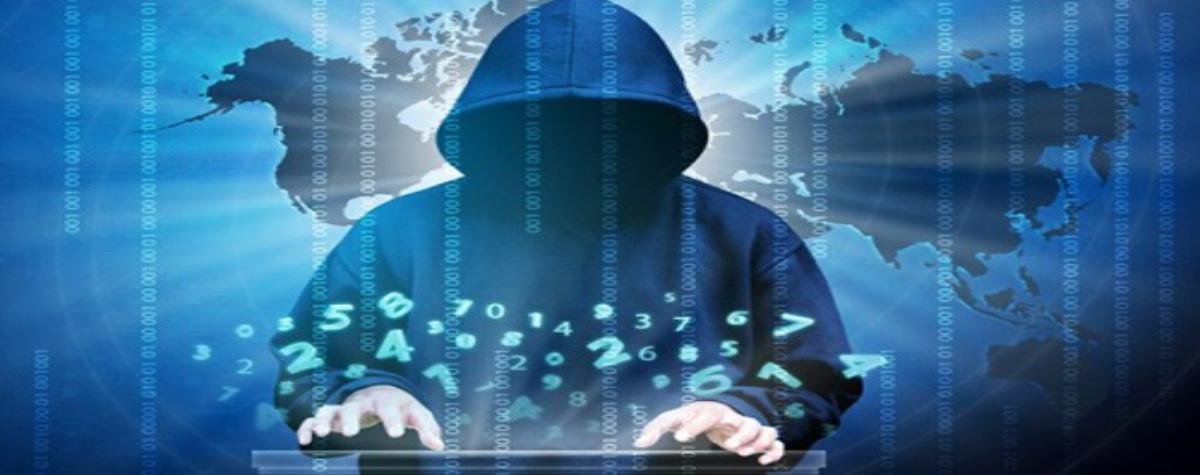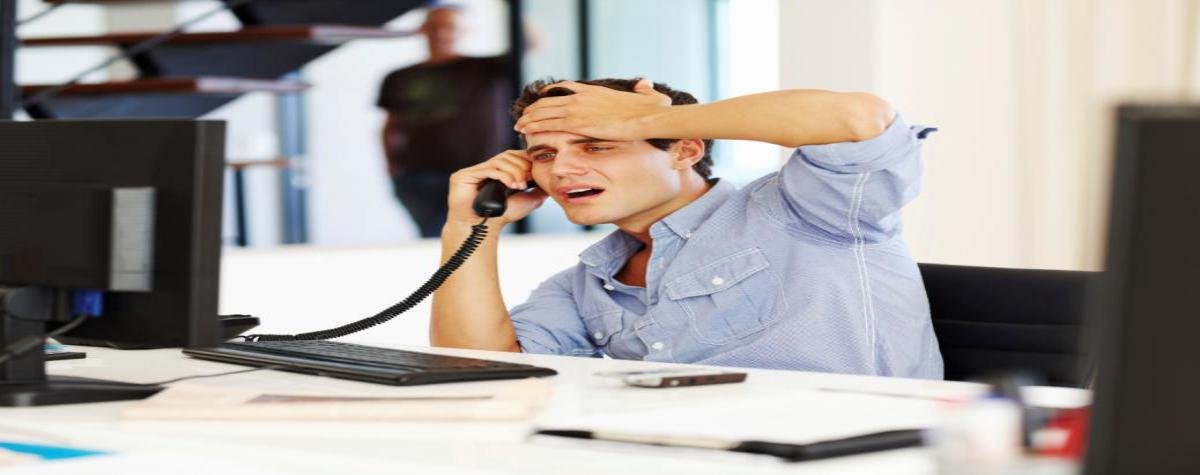You press the power button on your computer and nothing happens. It’s extremely frustrating and destabilizing. What to do when your desktop, laptop or tablet does not start? Follow our tips below.
DO NOT PANICATE
Most people tend to panic at a computer that does not start, fearing that all their precious data will disappear forever.
The most common reason why a computer does not start is a piece of hardware that is problematic.
This hardware problem is often not a hard drive problem, so the part of your computer that stores all your files is safe. In the majority of cases, all your documents are safe but simply not accessible during the outage.
DELETE A VIRUS
There are many reasons why a computer does not turn on.
One of them is the presence of a virus that paralyzes your computer.
For this, use a program such as the free Panda cleaner, which you can install on a backup USB key to disinfect your computer if it is infected and will not start for this reason.
Once the USB key is installed on your computer, it should boot from the key and the Virus Cleanup Wizard will appear so you can start it.
Once the scan is complete and finished, the virus (s) will be removed.
If the computer does not start using the USB key, follow the steps below.
ISOLATE THE COMPUTER
Disconnect the network cable from the computer to disconnect it from other computers. This prevents malware from spreading to other machines on your network.
RESTART IN FASHION WITHOUT FAIL
Turn on the computer and press F8 repeatedly until you get to the Windows Start Menu.
Use the arrow keys to select Safe Mode and press Enter.
When you start a system in Safe Mode, Windows only loads the programs needed to boot the operating system.
Systems compromised by viruses sometimes start in safe mode, which allows you to solve the problem.
If the computer does not start in Safe Mode, you must reinstall Windows.
Launch your antivirus software and run a full scan. Clean all traces found by the antivirus and restart in safe mode. Repeat this process until no more traces are found.
Restart the computer and see if Windows is loading normally. If this is not the case, you must reinstall the operating system. Back up all your data to an external hard drive and continue to the next section.
REINSTALL WINDOWS
Insert your Windows installation disc into the DVD drive. Restart the computer and press the appropriate key combination to display the boot menu.
The combination you need will flash briefly on the screen during system startup.
Select your DVD player using the arrow keys, and press Enter.
Press any key on the keyboard to start the disc when prompted. Follow the on-screen instructions to reinstall Windows.
When prompted, make a “normal” format of the drive, which will erase all data. The Quick Format option will not erase the drive and could allow the malware to return.













